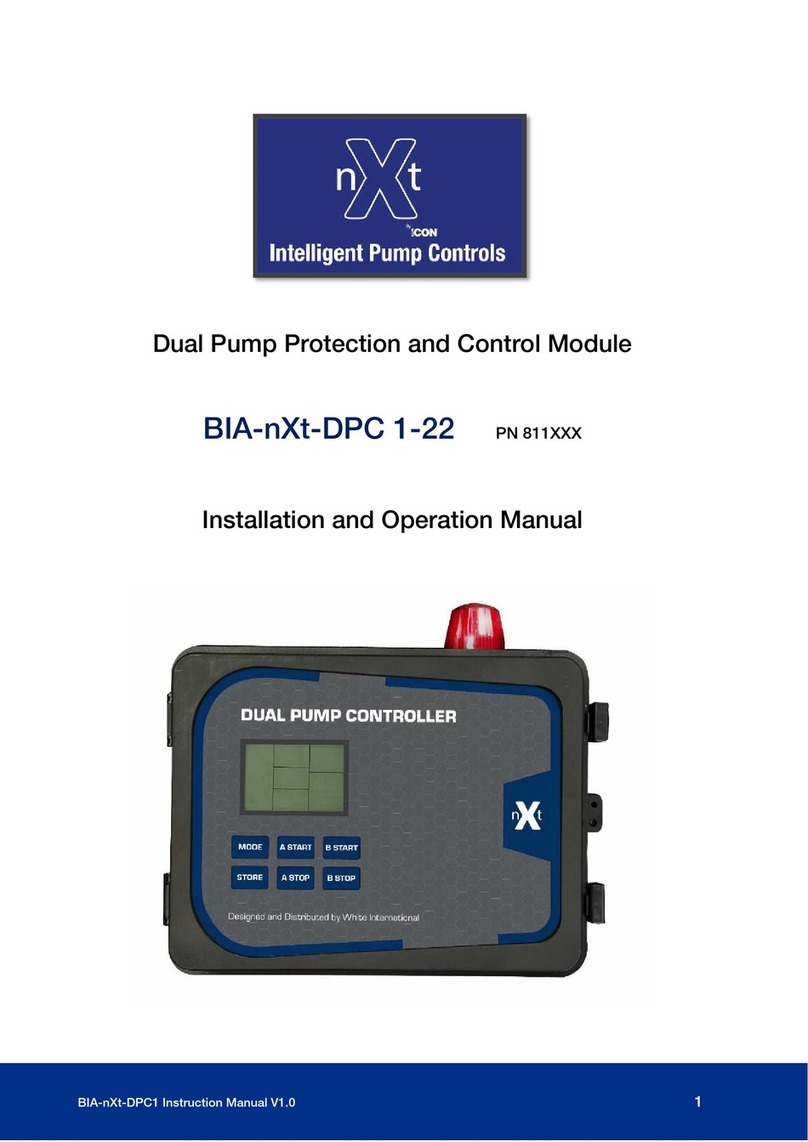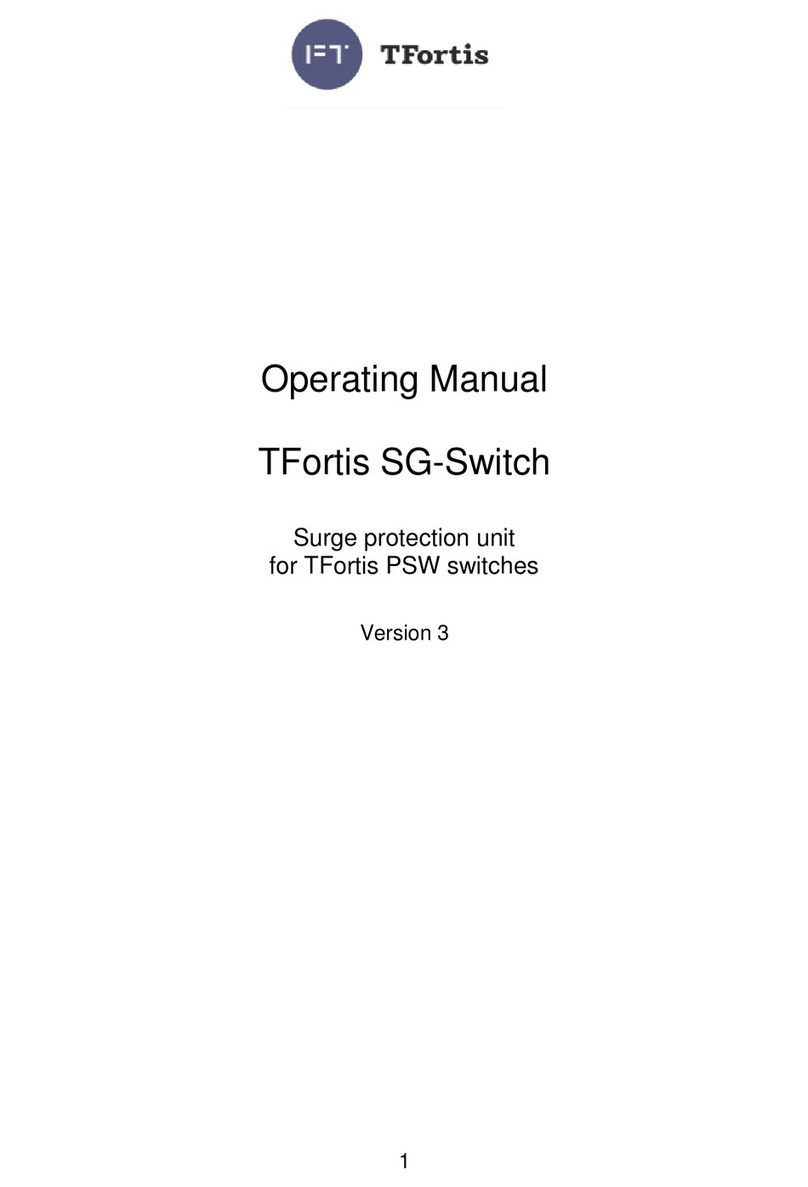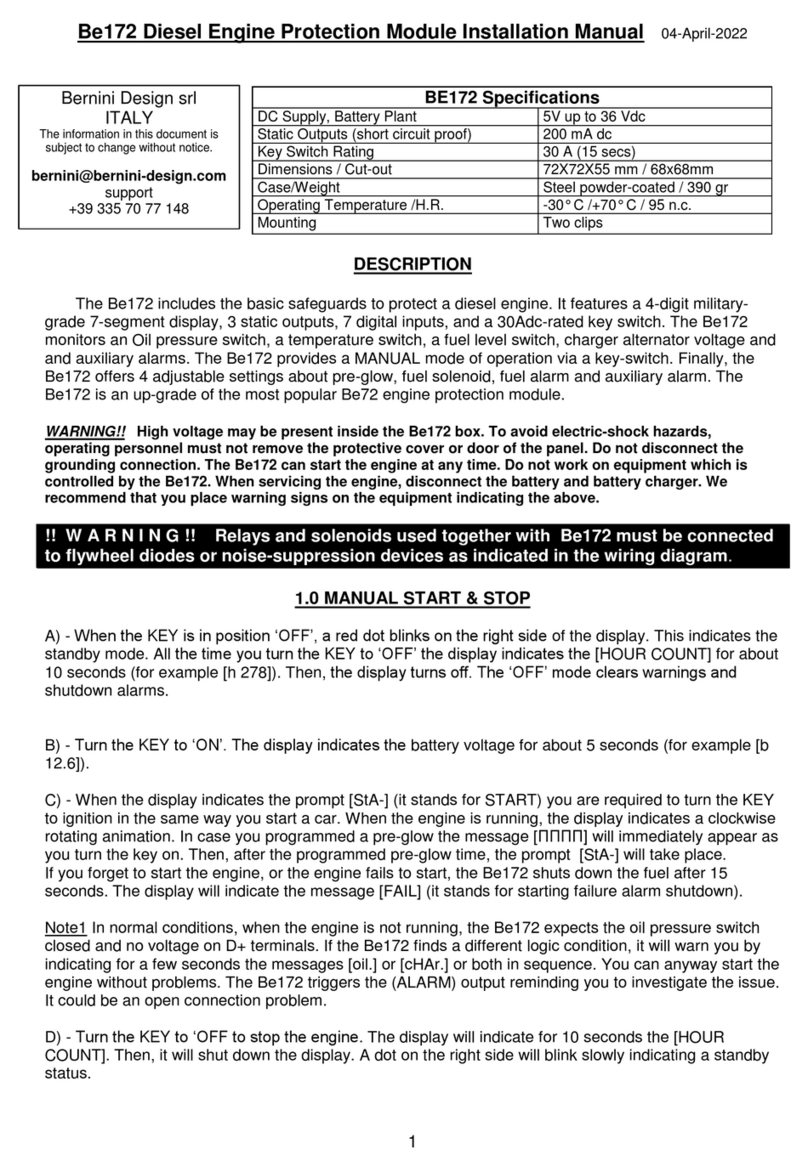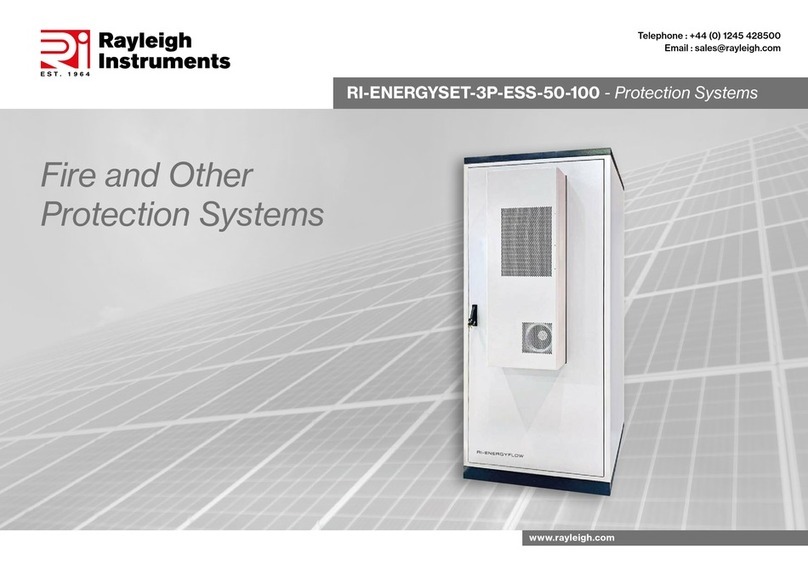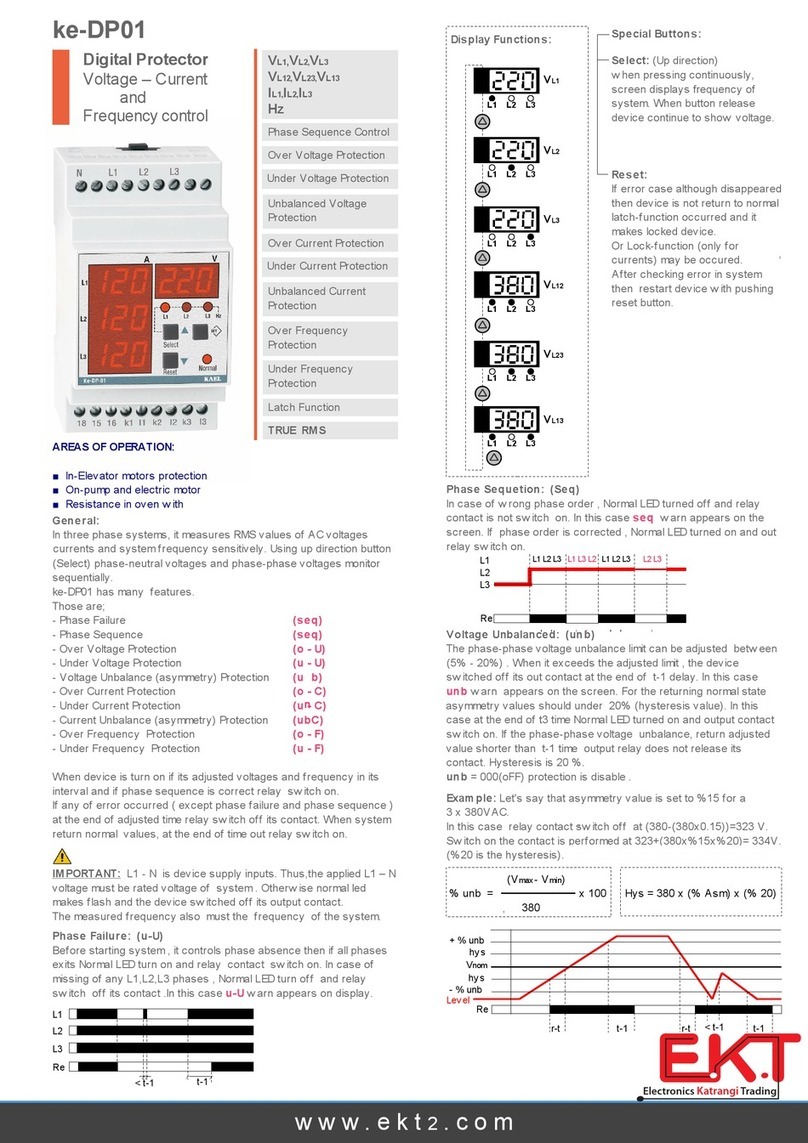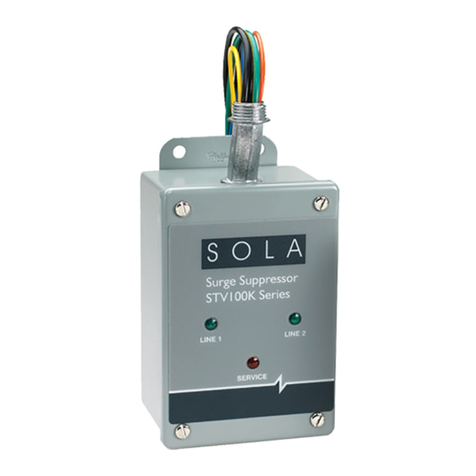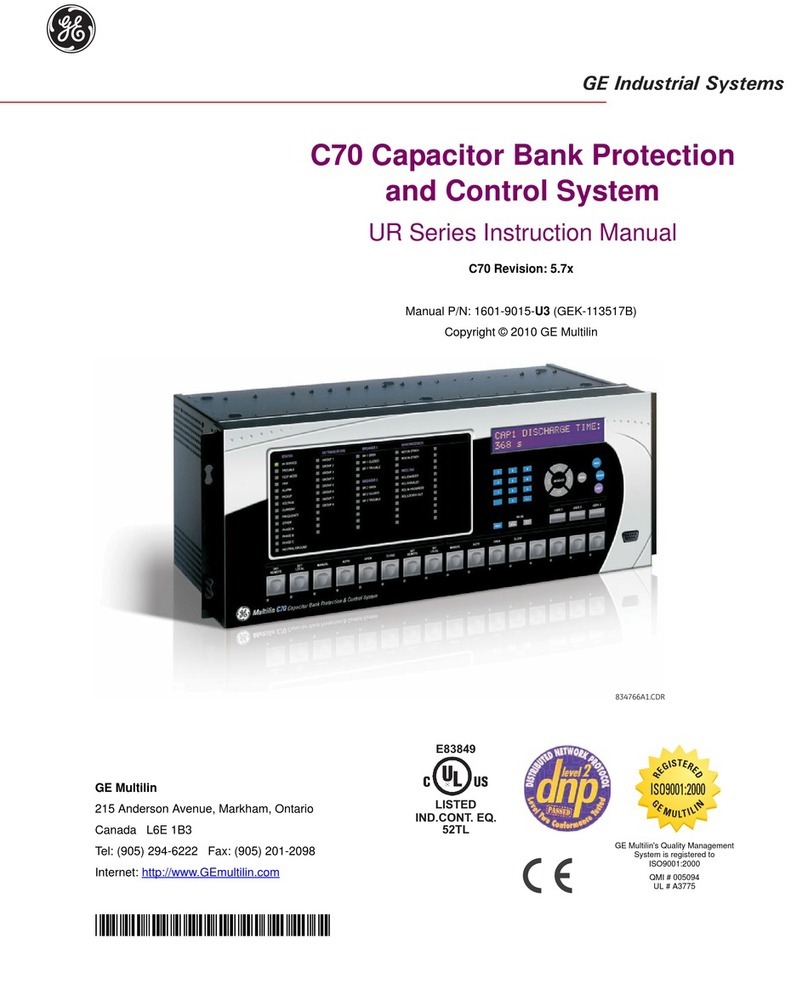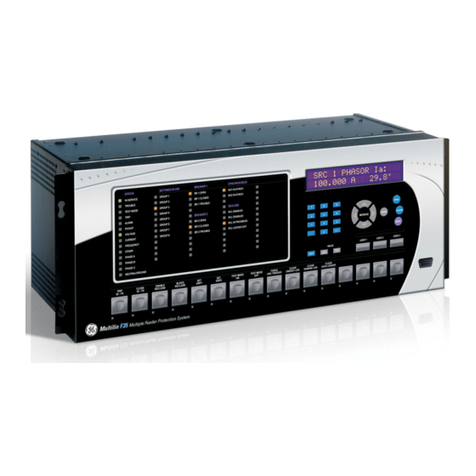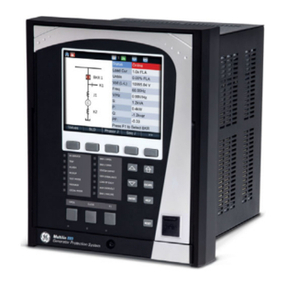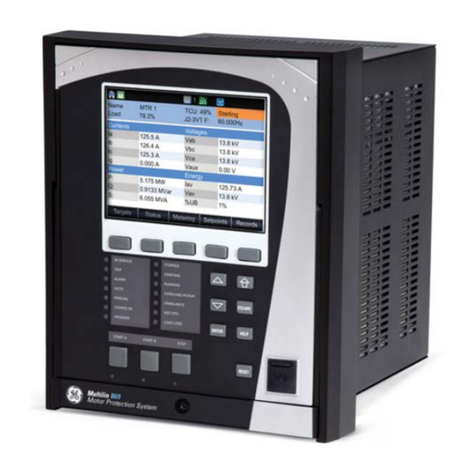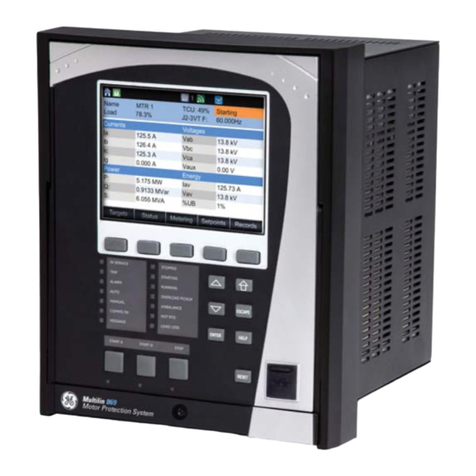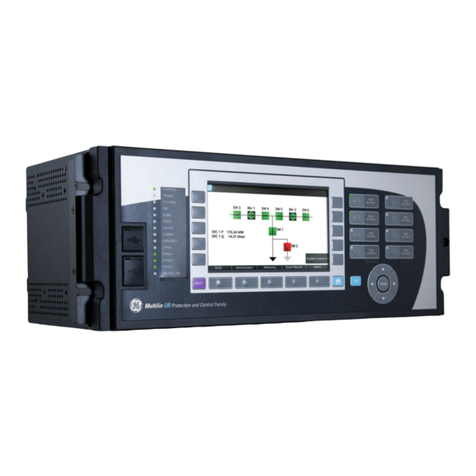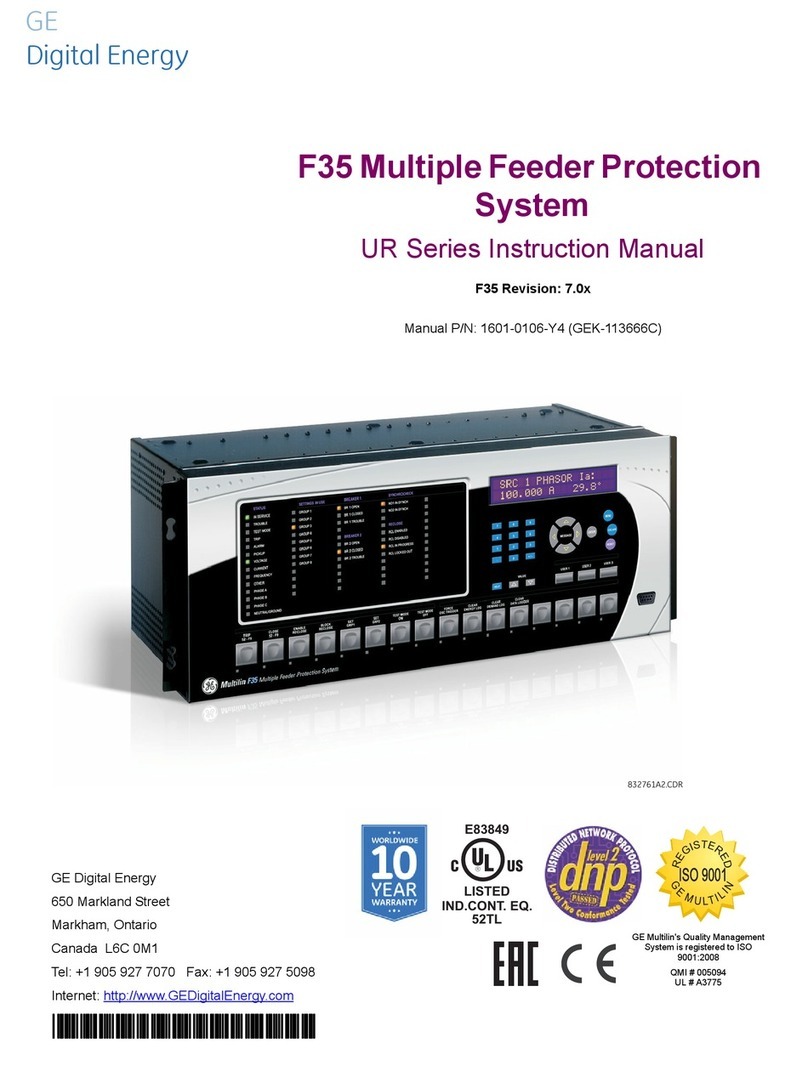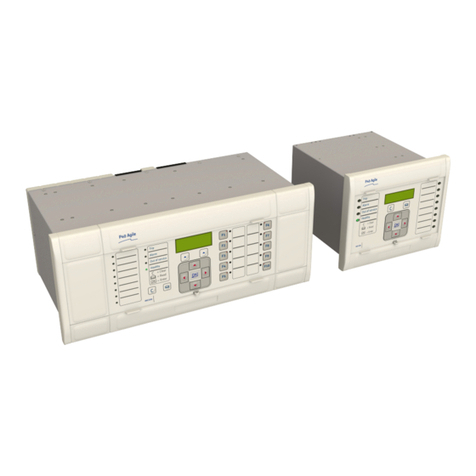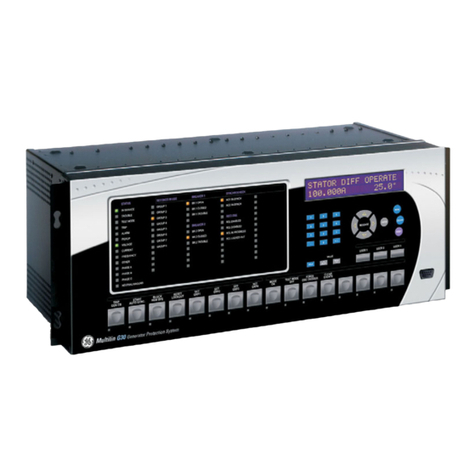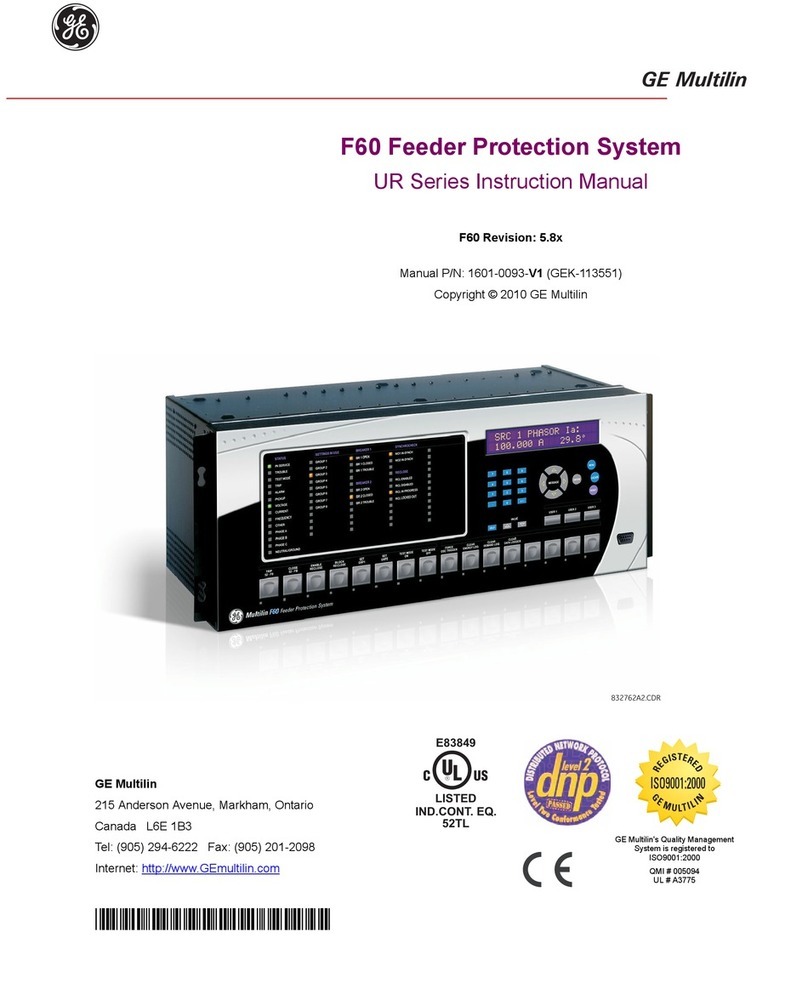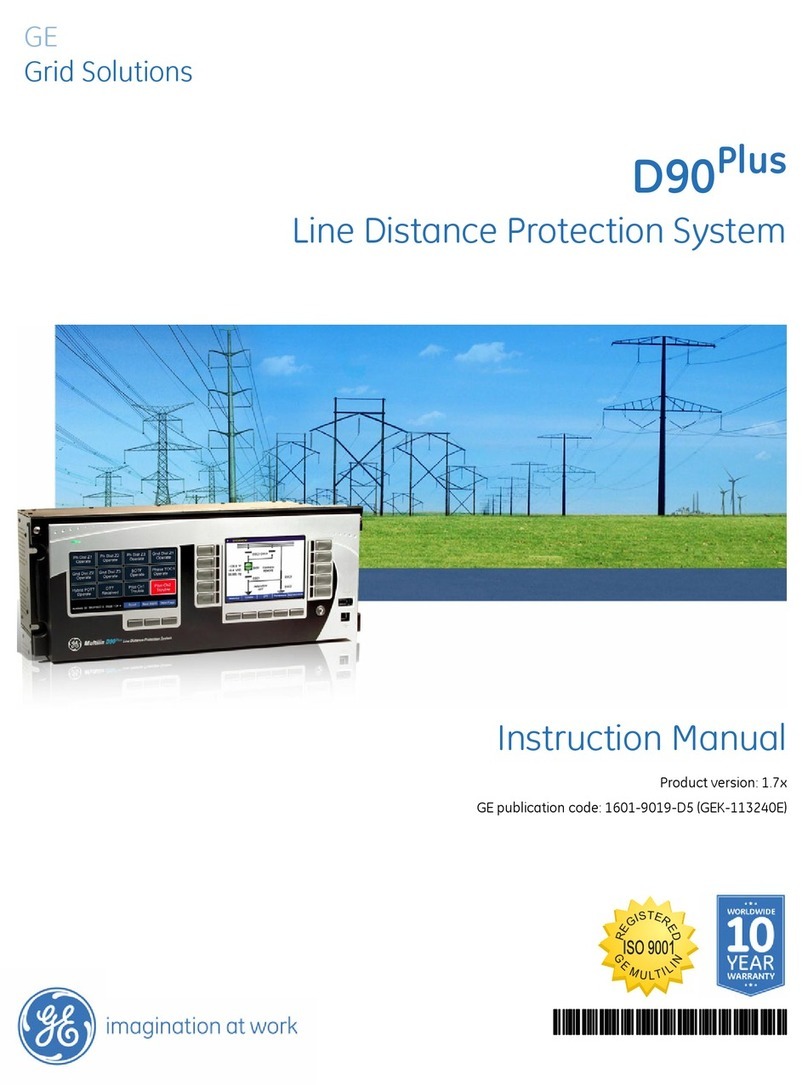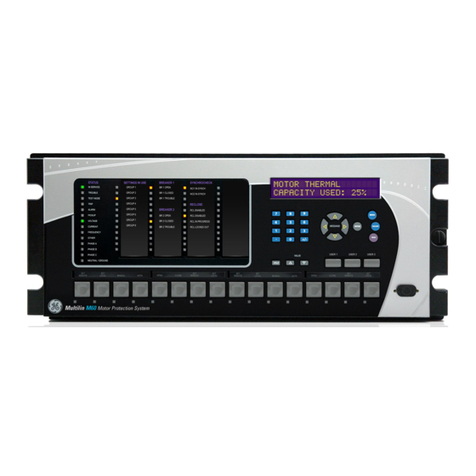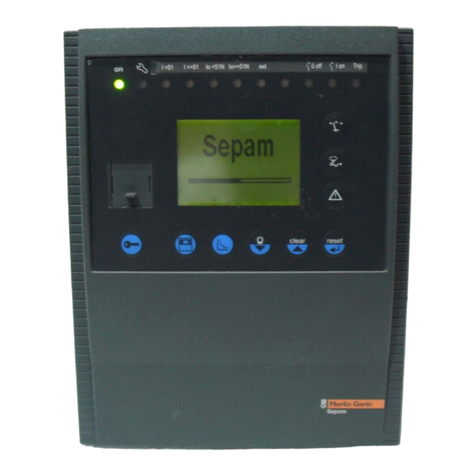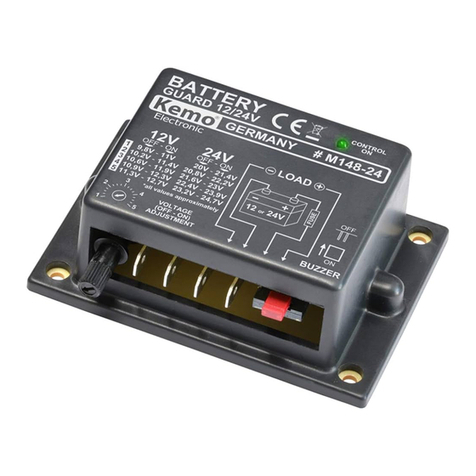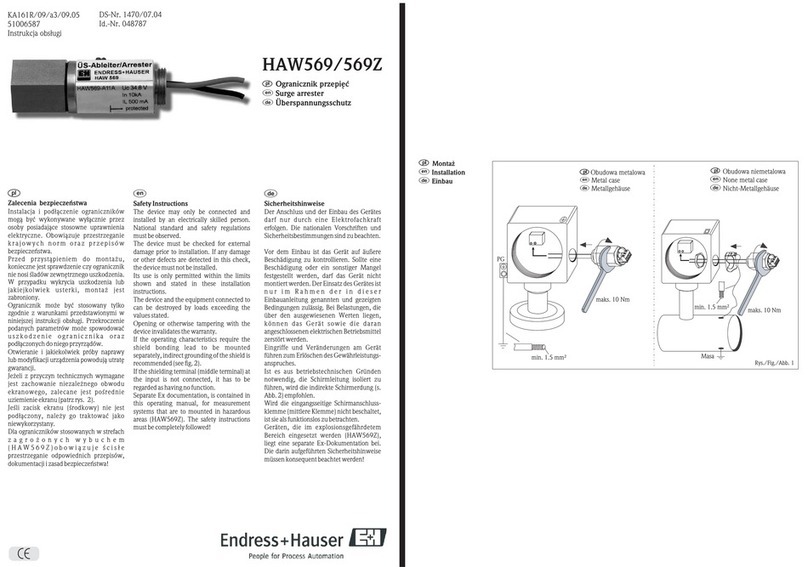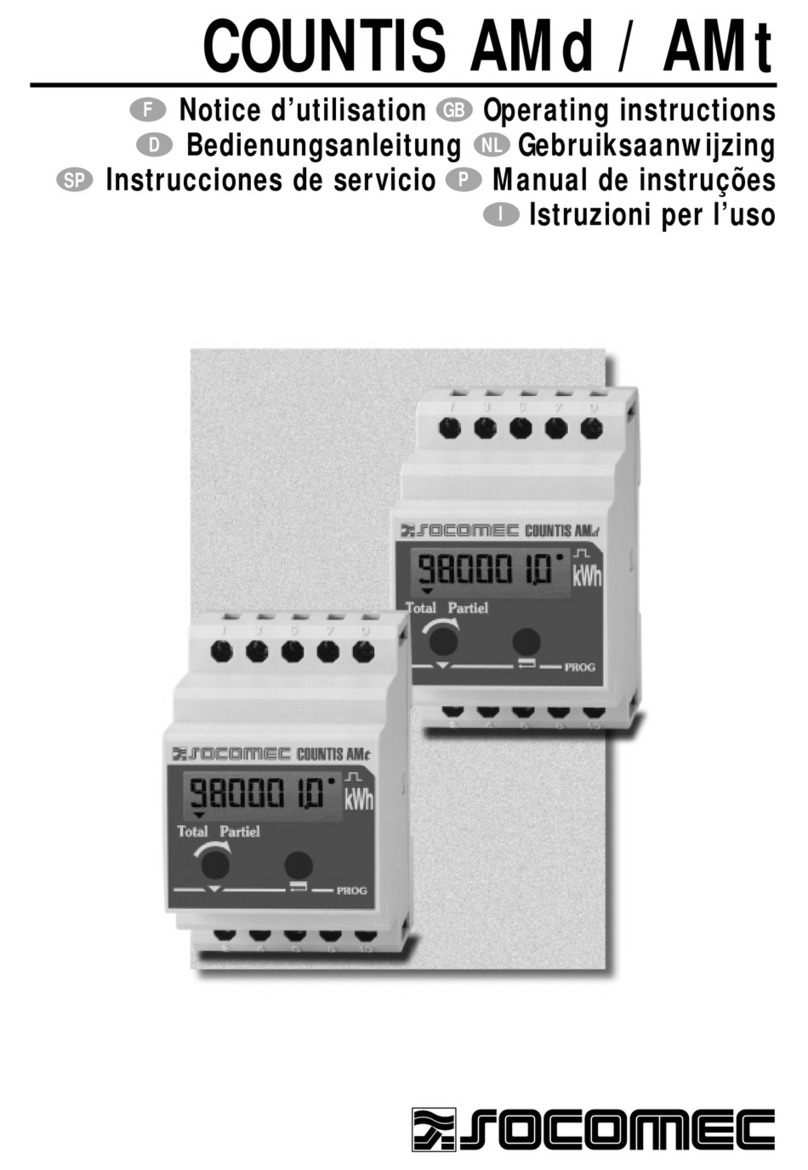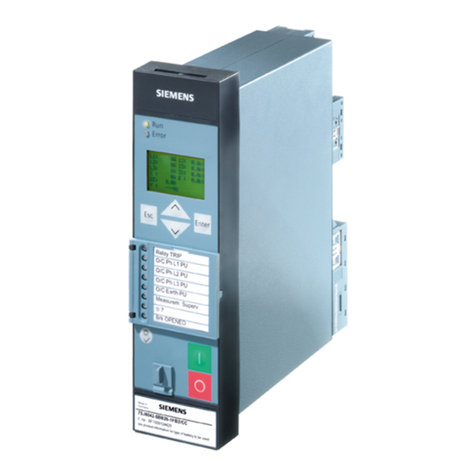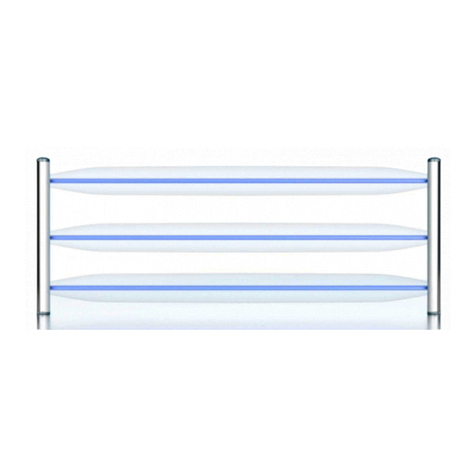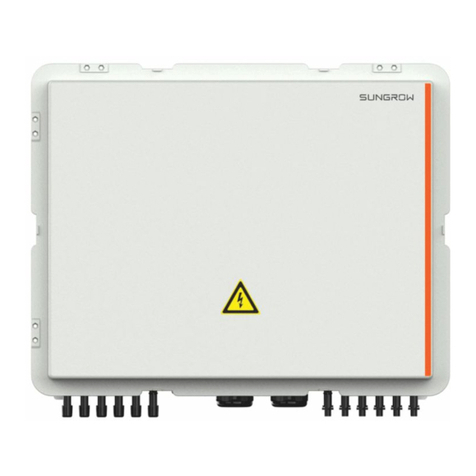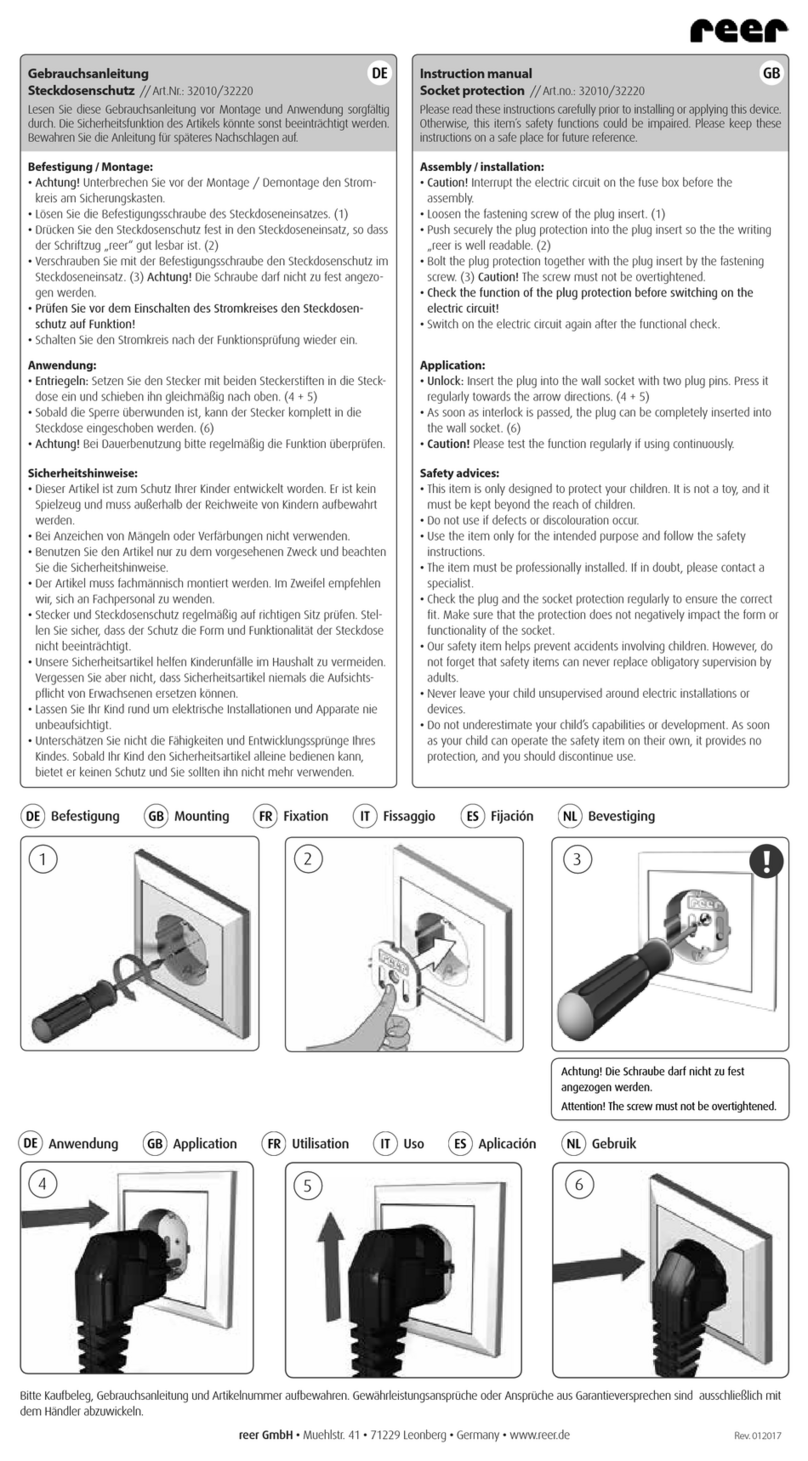
GE Multilin G30 Generator Protection System v
TABLE OF CONTENTS
5.4 SYSTEM SETUP
5.4.1 AC INPUTS ...................................................................................................... 5-82
5.4.2 POWER SYSTEM............................................................................................ 5-83
5.4.3 SIGNAL SOURCES ......................................................................................... 5-84
5.4.4 TRANSFORMER ............................................................................................. 5-87
5.4.5 BREAKERS...................................................................................................... 5-96
5.4.6 DISCONNECT SWITCHES ........................................................................... 5-100
5.4.7 FLEXCURVES ............................................................................................... 5-103
5.5 FLEXLOGIC
5.5.1 INTRODUCTION TO FLEXLOGIC ................................................................ 5-110
5.5.2 FLEXLOGIC RULES ...................................................................................... 5-120
5.5.3 FLEXLOGIC EVALUATION ........................................................................... 5-120
5.5.4 FLEXLOGIC EXAMPLE ................................................................................. 5-121
5.5.5 FLEXLOGIC EQUATION EDITOR................................................................. 5-125
5.5.6 FLEXLOGIC TIMERS .................................................................................... 5-125
5.5.7 FLEXELEMENTS........................................................................................... 5-126
5.5.8 NON-VOLATILE LATCHES ........................................................................... 5-130
5.6 GROUPED ELEMENTS
5.6.1 OVERVIEW.................................................................................................... 5-132
5.6.2 SETTING GROUP ......................................................................................... 5-132
5.6.3 TRANSFORMER PERCENT DIFFERENTIAL............................................... 5-133
5.6.4 PHASE CURRENT ........................................................................................ 5-138
5.6.5 NEUTRAL CURRENT.................................................................................... 5-148
5.6.6 GROUND CURRENT..................................................................................... 5-155
5.6.7 NEGATIVE SEQUENCE CURRENT ............................................................. 5-162
5.6.8 GENERATOR UNBALANCE ......................................................................... 5-166
5.6.9 SPLIT PHASE PROTECTION ....................................................................... 5-168
5.6.10 VOLTAGE ELEMENTS.................................................................................. 5-172
5.6.11 LOSS OF EXCITATION ................................................................................. 5-184
5.6.12 ACCIDENTAL ENERGIZATION .................................................................... 5-186
5.6.13 SENSITIVE DIRECTIONAL POWER............................................................. 5-188
5.6.14 STATOR GROUND........................................................................................ 5-191
5.7 CONTROL ELEMENTS
5.7.1 OVERVIEW.................................................................................................... 5-194
5.7.2 TRIP BUS....................................................................................................... 5-194
5.7.3 SETTING GROUPS ....................................................................................... 5-196
5.7.4 SELECTOR SWITCH..................................................................................... 5-198
5.7.5 UNDERFREQUENCY.................................................................................... 5-204
5.7.6 OVERFREQUENCY ...................................................................................... 5-205
5.7.7 FREQUENCY RATE OF CHANGE................................................................ 5-206
5.7.8 FREQUENCY OUT-OF-BAND ACCUMULATION......................................... 5-208
5.7.9 SYNCHROCHECK......................................................................................... 5-210
5.7.10 DIGITAL ELEMENTS..................................................................................... 5-214
5.7.11 DIGITAL COUNTERS .................................................................................... 5-217
5.7.12 MONITORING ELEMENTS ........................................................................... 5-219
5.8 INPUTS AND OUTPUTS
5.8.1 CONTACT INPUTS........................................................................................ 5-226
5.8.2 VIRTUAL INPUTS.......................................................................................... 5-228
5.8.3 CONTACT OUTPUTS.................................................................................... 5-229
5.8.4 VIRTUAL OUTPUTS...................................................................................... 5-231
5.8.5 REMOTE DEVICES ....................................................................................... 5-232
5.8.6 REMOTE INPUTS.......................................................................................... 5-233
5.8.7 REMOTE DOUBLE-POINT STATUS INPUTS .............................................. 5-234
5.8.8 REMOTE OUTPUTS...................................................................................... 5-234
5.8.9 RESETTING................................................................................................... 5-235
5.8.10 DIRECT INPUTS AND OUTPUTS................................................................. 5-235
5.8.11 TELEPROTECTION INPUTS AND OUTPUTS.............................................. 5-239
5.8.12 IEC 61850 GOOSE ANALOGS...................................................................... 5-241
5.8.13 IEC 61850 GOOSE INTEGERS..................................................................... 5-242
5.9 TRANSDUCER INPUTS AND OUTPUTS
5.9.1 DCMA INPUTS .............................................................................................. 5-243
5.9.2 RTD INPUTS.................................................................................................. 5-244
5.9.3 DCMA OUTPUTS .......................................................................................... 5-246
